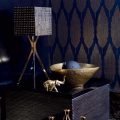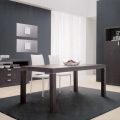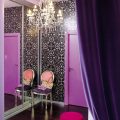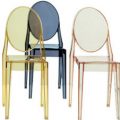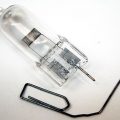A designer friend of mine complains:«I don't know whether to laugh or not. I ordered antique-finish furniture for clients in Italy. After installation, they called hysterically and demanded that everything be replaced. «What's the matter?» — «They brought us some second-hand wardrobe!» This incident happened several years ago, and it's hard to remember whether the designer managed to convince the owners that the wardrobe's façade was a victim of fashion, not a careless attitude towards it…
We take junk!
Previously, when starting a renovation, everyone tried to do it as quickly as possibleget rid of junk. Today, when furnishing a new apartment, young people are not at all against accepting an inheritance from their grandmother in the form of a blackened mirror or chest of drawers. The new thing is an eyesore. The notorious "spirit of the times" turned out to be not such a metaphor. The subtle aroma of old wood is unmistakable. Picturesque streaks on damp plaster in Venice or dark cracked beams in apartments in the Parisian Marais quarter - you can't fake it.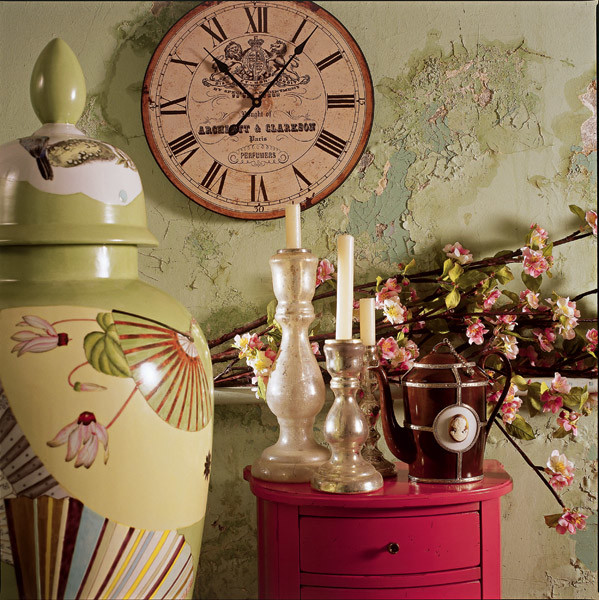 Aging furniture
Aging furniture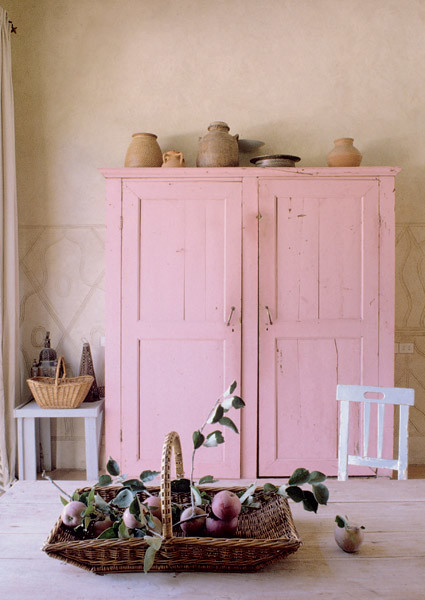

 Natural aging is attractive because it takes care of everythingTime itself has already taken care of it, revealing the innate nobility of natural materials. To create such a legend in your home, it would be nice to have fifty years in reserve, or better yet, a hundred. The years lived add charm to every detail, be it a brass valve or a ventilation grille. And what about the grille - old bricks, stones, boards and beams can completely transform the most homeless interior. Therefore, in the West, there is a real hunt for construction "antiques". A passion for vintage materials is the credo of the London company Retrovious, which sells rarities such as boards written off from Buckingham Palace. Pine and larch taken from abandoned village huts of the North are used to make tables and chests of drawers for the Russian company "Eastwood". An item made from a material that has aged naturally is valued higher. It is understandable: "time is money"! Therefore, much more often we are dealing not with natural, but with artificial aging, which is achieved by mechanical or chemical action on the surface or item.
Natural aging is attractive because it takes care of everythingTime itself has already taken care of it, revealing the innate nobility of natural materials. To create such a legend in your home, it would be nice to have fifty years in reserve, or better yet, a hundred. The years lived add charm to every detail, be it a brass valve or a ventilation grille. And what about the grille - old bricks, stones, boards and beams can completely transform the most homeless interior. Therefore, in the West, there is a real hunt for construction "antiques". A passion for vintage materials is the credo of the London company Retrovious, which sells rarities such as boards written off from Buckingham Palace. Pine and larch taken from abandoned village huts of the North are used to make tables and chests of drawers for the Russian company "Eastwood". An item made from a material that has aged naturally is valued higher. It is understandable: "time is money"! Therefore, much more often we are dealing not with natural, but with artificial aging, which is achieved by mechanical or chemical action on the surface or item.
Walls
The best soil for creating an effectnoble abrasion - Provence style. And for him, the most important thing is the walls. To get the texture of a plastered wall covered with cracks-craquelure, you need to use special compounds. Finishing masters apply Cracelure plaster with a spatula and smooth it out. Cracks will appear in those places where the spatula left plaster drips. So each master gets a strictly individual drawing. Accelerated drying (for example, with a building hair dryer) will lead to the fact that after 10-20 minutes the plaster will crack.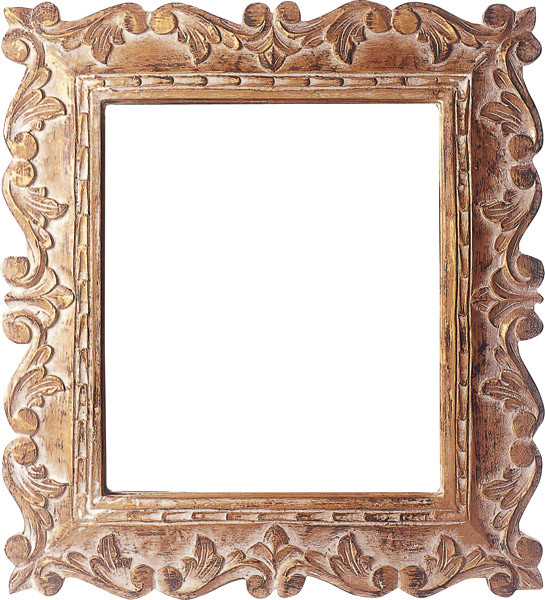
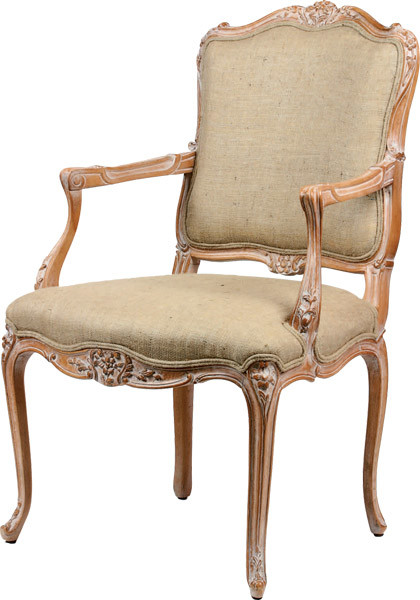
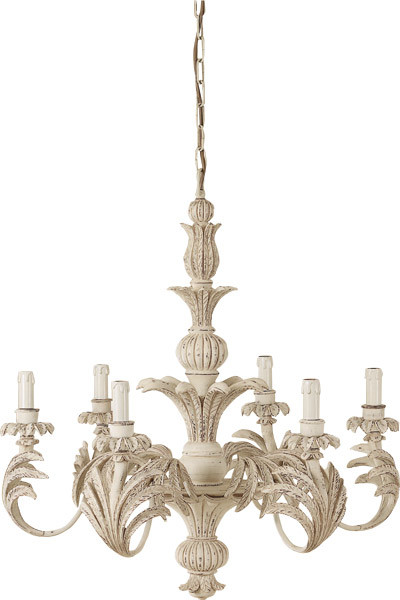
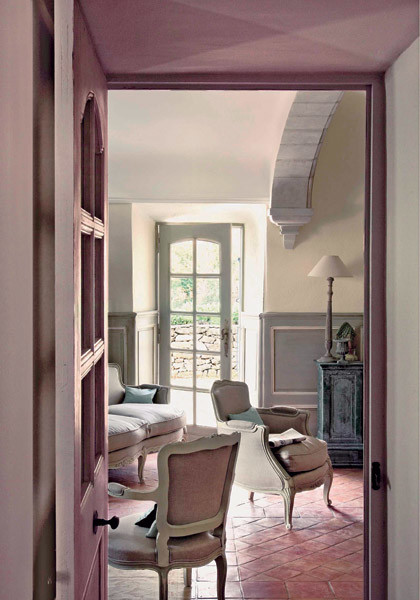 And the thicker the burrs were, the larger they will turn outcraquelure. Unlike naturally cracked plaster, an artificially cracked surface must remain strong and not crumble. To do this, a fixing compound is applied on top. After it dries, the cracks must be emphasized with a colored coating using a float and a sponge. And treat the wall surface with water-repellent wax. Another option for aged plaster is layers that protrude from under one another. This is how they usually look on crumbling facades of old houses. In this case, colored layers of plaster are carelessly applied on top of each other so that they have different thicknesses. It is better to make the lower layers more saturated in tone. After the dried plaster is processed with a grinding machine, picturesque spots will appear on it.
And the thicker the burrs were, the larger they will turn outcraquelure. Unlike naturally cracked plaster, an artificially cracked surface must remain strong and not crumble. To do this, a fixing compound is applied on top. After it dries, the cracks must be emphasized with a colored coating using a float and a sponge. And treat the wall surface with water-repellent wax. Another option for aged plaster is layers that protrude from under one another. This is how they usually look on crumbling facades of old houses. In this case, colored layers of plaster are carelessly applied on top of each other so that they have different thicknesses. It is better to make the lower layers more saturated in tone. After the dried plaster is processed with a grinding machine, picturesque spots will appear on it.
Floor
To get a floor like in an Italian palazzo,you can take aged stone - matte, porous, as if weathered, antique marble. It becomes like this after processing with a sandblasting machine. Deep aging of the stone is achieved in special moving chambers with steel brushes. Thanks to this finish, chips and cracks appear on the slabs, as if they had been walked on for decades. A more affordable option is artificial stone based on concrete. It is immediately cast into a form that imitates the aged surface of natural stone. For a matte effect, it is also processed with sandblasting.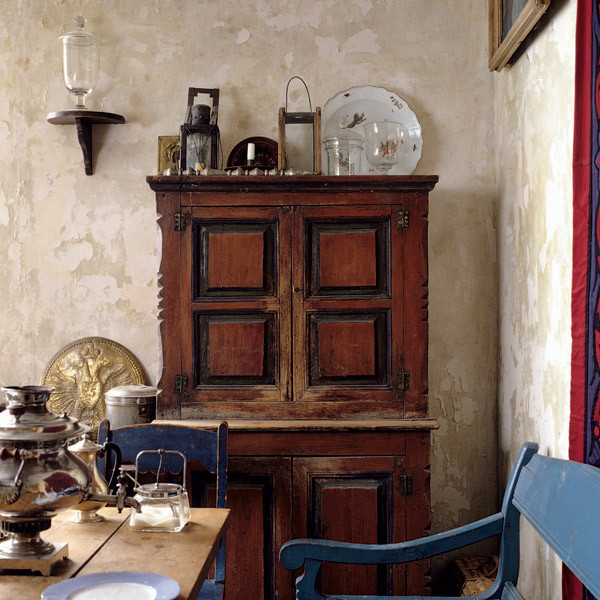
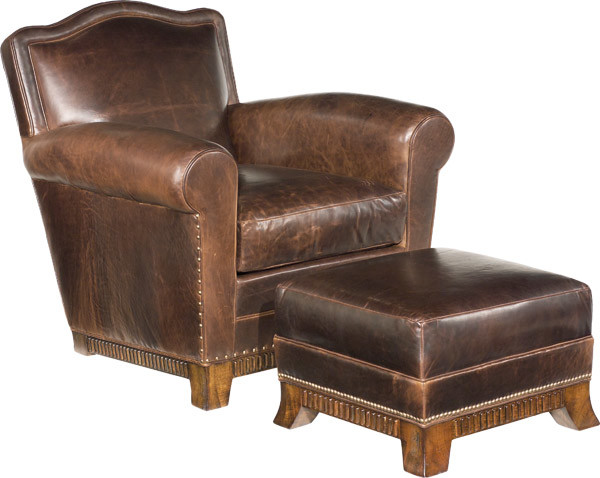
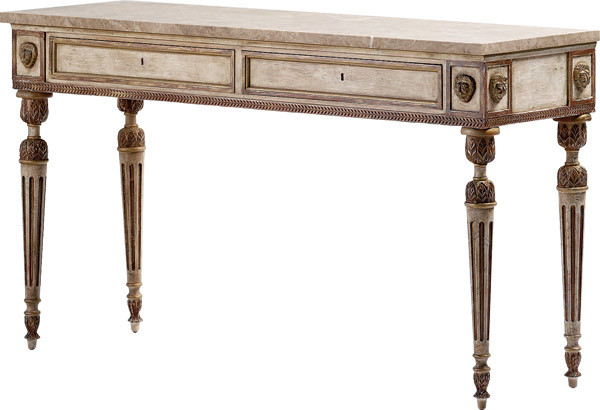
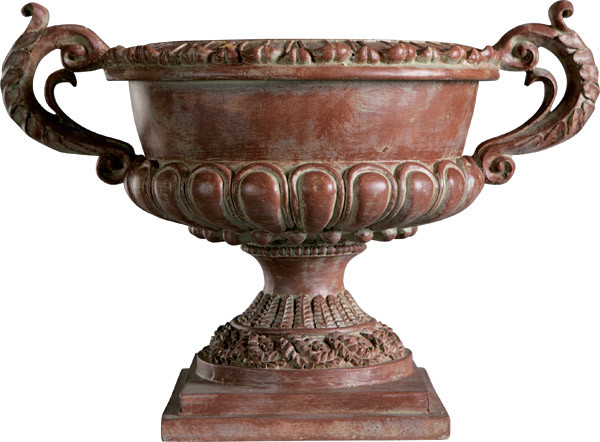 To give a "age" to the parquetThe same methods are usually used for finishing the board as in furniture processing. Now, any classic collection, be it Baker, Maggi Massimo, Zonta or Roche Bobois, has several types of finishing that imitate the traces of time. These are patina, rustic, craquelure, "traces" of woodworm (or simply "bug"). In old things, the relief panels, corners and joints are gradually rubbed down and become darker from the natural patina. When they want to get a patina artificially, a special composition is applied to the pre-painted and primed surface. It is sprayed over the entire area, and then the excess is removed with a cloth or sponge. A fixing varnish is applied over the patina. This aging gives expressiveness and depth to each line, as in the items from the Manoir collection by Roche Bobois. For rustic aging, factories use devices with steel brushes. They mercilessly strip the soft fibres from the wood, giving the surface a more textured finish. Then they sand down the raised pile with sisal brushes and tint the finished product to further enhance the contrast between the hard and soft layers. In the crackle technique, cracks are deliberately made in the paint layer, just like in plaster. Crackle in furniture is one of the most labor-intensive processes. Several layers of primer (at least one of which must be colored) and enamel are covered with crackle varnish. When it cracks during the drying process, a layer of enamel and colored primer will appear through it. Since the paint layer is quite thick in the end, the crackle technique is suitable not only for furniture made of natural wood, but also for MDF cabinet fronts. A real woodworm is the curse of restorers. But artificial is perhaps the cutest "decoration" of classical furniture. Each factory imitates the "bug" passages in its own way. One craftsmen meticulously draw out each passage with a thin drill, while another "shoots" the facades with small shot from a gun. The resulting holes are tinted to enhance the external resemblance. The Roche Bobois factory has a whole line of classical furniture Provinciales, where you can independently choose the aging technique for any model - by wormwood ("bug"), patination and painting. At Baker, in the Milling Road collection, along with the "bug", things are specially unevenly tinted - they are left light at the edges. War has been declared on smug novelty! Even a "folk" floral design or ornament applied by hand by a master will not remain "fresh" - it is mercilessly rubbed with sandpaper.
To give a "age" to the parquetThe same methods are usually used for finishing the board as in furniture processing. Now, any classic collection, be it Baker, Maggi Massimo, Zonta or Roche Bobois, has several types of finishing that imitate the traces of time. These are patina, rustic, craquelure, "traces" of woodworm (or simply "bug"). In old things, the relief panels, corners and joints are gradually rubbed down and become darker from the natural patina. When they want to get a patina artificially, a special composition is applied to the pre-painted and primed surface. It is sprayed over the entire area, and then the excess is removed with a cloth or sponge. A fixing varnish is applied over the patina. This aging gives expressiveness and depth to each line, as in the items from the Manoir collection by Roche Bobois. For rustic aging, factories use devices with steel brushes. They mercilessly strip the soft fibres from the wood, giving the surface a more textured finish. Then they sand down the raised pile with sisal brushes and tint the finished product to further enhance the contrast between the hard and soft layers. In the crackle technique, cracks are deliberately made in the paint layer, just like in plaster. Crackle in furniture is one of the most labor-intensive processes. Several layers of primer (at least one of which must be colored) and enamel are covered with crackle varnish. When it cracks during the drying process, a layer of enamel and colored primer will appear through it. Since the paint layer is quite thick in the end, the crackle technique is suitable not only for furniture made of natural wood, but also for MDF cabinet fronts. A real woodworm is the curse of restorers. But artificial is perhaps the cutest "decoration" of classical furniture. Each factory imitates the "bug" passages in its own way. One craftsmen meticulously draw out each passage with a thin drill, while another "shoots" the facades with small shot from a gun. The resulting holes are tinted to enhance the external resemblance. The Roche Bobois factory has a whole line of classical furniture Provinciales, where you can independently choose the aging technique for any model - by wormwood ("bug"), patination and painting. At Baker, in the Milling Road collection, along with the "bug", things are specially unevenly tinted - they are left light at the edges. War has been declared on smug novelty! Even a "folk" floral design or ornament applied by hand by a master will not remain "fresh" - it is mercilessly rubbed with sandpaper.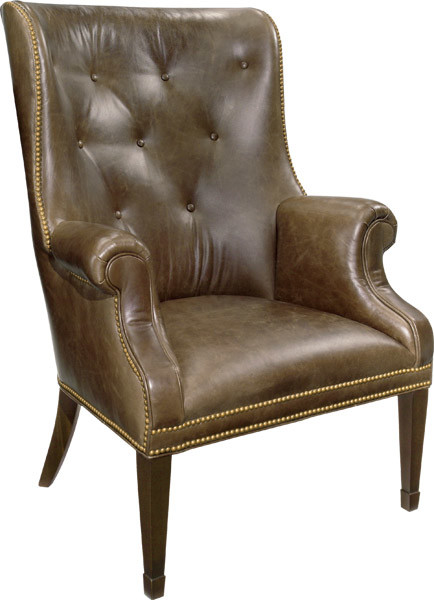
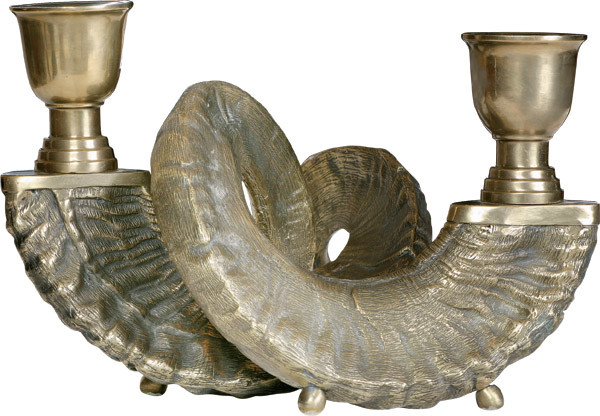
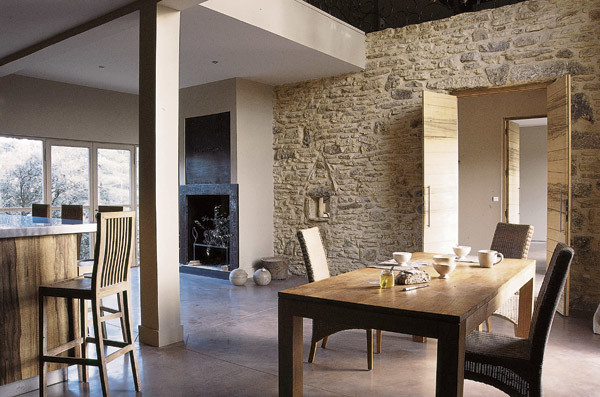
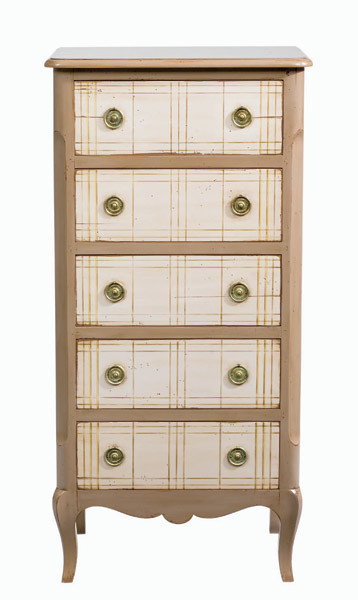 Since the surface of the tree looks older than it isyears, it would be unnatural to cover the furniture with brand new leather. Therefore, wrinkled, worn, cracked or scratched leather is the best friend of aged wood, as in the collection of Hickory Chair. Leather brought to this state by chemical reagents will continue to age. Soon, traces of your personal "scratched" history will appear on it. A worn carpet will complement the picture of a room "in years". To turn a modern thing into an "antique", manufacturers give carpets for wearing. They are placed in the most popular places, so that the pile wears out naturally, but very quickly. Of course, you can also etch the color and finally ennoble the carpet chemically. The times when household metal utensils were polished with GOI paste, removing the supposedly "harmful" patina from the metal, seem like terrible barbarity now. Naturally formed patina does not destroy the metal, but on the contrary, protects it. In order to obtain it, the degreased metal surface is lubricated two or three times a day with a weak solution of acetic acid. In a warm room, a real greenish patina will appear on bronze and copper in a few weeks (its composition is related to malachite). Artificial patina on metal is just paint (for example, acrylic). This method is used to "age" the metal base of chandeliers and sconces, obtaining blackened or greened bronze, turning the metal into "aged gold" or "silver". In the MK’GUAYER lighting collection, the copper fittings are covered with a composition containing real gold and silver, which in its noble impulse has muted the bright shine.
Since the surface of the tree looks older than it isyears, it would be unnatural to cover the furniture with brand new leather. Therefore, wrinkled, worn, cracked or scratched leather is the best friend of aged wood, as in the collection of Hickory Chair. Leather brought to this state by chemical reagents will continue to age. Soon, traces of your personal "scratched" history will appear on it. A worn carpet will complement the picture of a room "in years". To turn a modern thing into an "antique", manufacturers give carpets for wearing. They are placed in the most popular places, so that the pile wears out naturally, but very quickly. Of course, you can also etch the color and finally ennoble the carpet chemically. The times when household metal utensils were polished with GOI paste, removing the supposedly "harmful" patina from the metal, seem like terrible barbarity now. Naturally formed patina does not destroy the metal, but on the contrary, protects it. In order to obtain it, the degreased metal surface is lubricated two or three times a day with a weak solution of acetic acid. In a warm room, a real greenish patina will appear on bronze and copper in a few weeks (its composition is related to malachite). Artificial patina on metal is just paint (for example, acrylic). This method is used to "age" the metal base of chandeliers and sconces, obtaining blackened or greened bronze, turning the metal into "aged gold" or "silver". In the MK’GUAYER lighting collection, the copper fittings are covered with a composition containing real gold and silver, which in its noble impulse has muted the bright shine.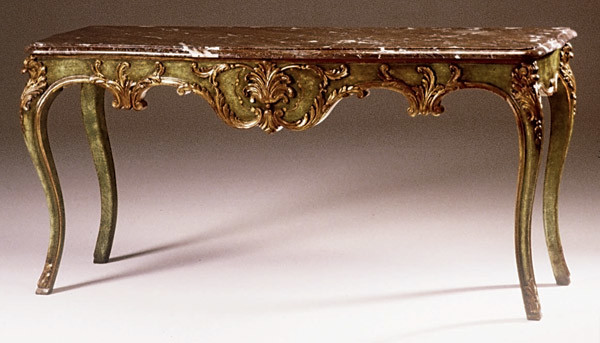
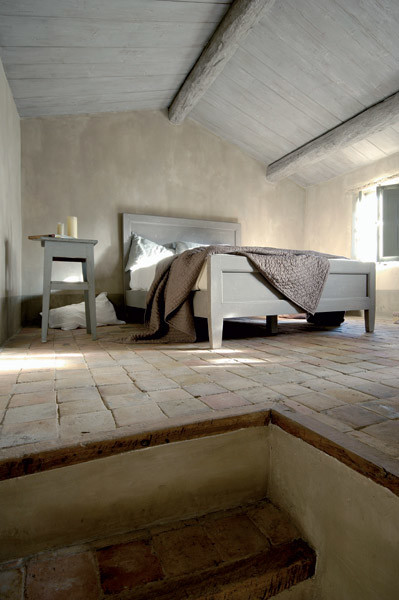
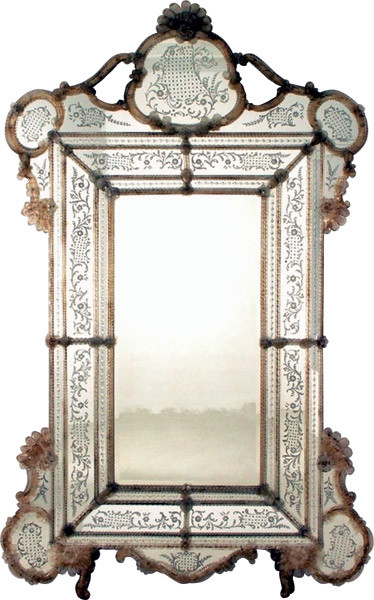
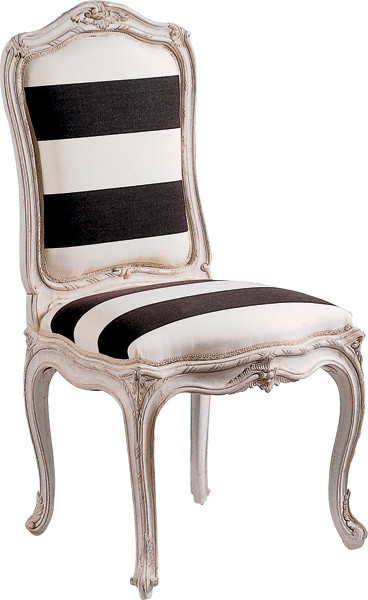 Aged things should not be reflected inordinary mirrors, decided the designers. This is how mirrors of a completely museum-like appearance appeared - not only in aged frames, but also with streaks and black spots on the amalgam. The protective layer on the back of the mirror is removed, the amalgam is sandblasted and etched. When looking into such a mirror, it is difficult to resist counting how many previous generations saw their reflection in it. Having become interested in the idea of aging the interior, you can decorate your home with accessories made by yourself. Wooden frames for paintings and photos are suitable for the experiment. The main thing is to choose a complexly profiled surface of the baguette in order to get the most expressive tonal contrasts. The simplest option is to cover the unpainted frame with a stain, for example, Sayerlak or Tikkurila, without a primer. After drying, go over the surface with sandpaper, and try to remove more paint on the protruding parts. In some places (think about which part of the product could wear out more), you can use a razor blade to get to the layer of wood that has only slightly absorbed the color. You can try to imitate the woodworm's passages with a blunt nail and a hammer. But this will require much more virtuosity and skill - individual dots and randomly curved lines (as if the beetle's passages were accidentally exposed) should go at different angles. After this, the surface should be re-applied with a paint composition that is darker in tone (almost black). And immediately wipe, removing excess "patina". After drying, finally fix the result by covering the frame with colorless varnish. You can also patinated metal yourself - with aerosol paints (Rust-Oleum cans are suitable) or paint applied with a brush (WS-Patina can be used). The latter should be ground on a palette until semi-dry and applied with sliding movements to the textured parts. To ensure the paint adheres better, do not forget to degrease the metal surface beforehand. Even from ordinary iron you can achieve the appearance of aged brass (a combination of copper and bronze patina), noble bronze (dark graphite and gold or bronze patina) and even blackened silver (silver patina). The crackle effect on wooden objects can also be created independently. A layer of oil craquelure varnish should be applied to the surface covered with colored acrylic paint. And when the varnish dries, but still remains sticky to the touch, cover it with water-based varnish, which also claims to have a cracking effect. After this, the "layered pie" should be dried with a hairdryer so that craquelure appears.
Aged things should not be reflected inordinary mirrors, decided the designers. This is how mirrors of a completely museum-like appearance appeared - not only in aged frames, but also with streaks and black spots on the amalgam. The protective layer on the back of the mirror is removed, the amalgam is sandblasted and etched. When looking into such a mirror, it is difficult to resist counting how many previous generations saw their reflection in it. Having become interested in the idea of aging the interior, you can decorate your home with accessories made by yourself. Wooden frames for paintings and photos are suitable for the experiment. The main thing is to choose a complexly profiled surface of the baguette in order to get the most expressive tonal contrasts. The simplest option is to cover the unpainted frame with a stain, for example, Sayerlak or Tikkurila, without a primer. After drying, go over the surface with sandpaper, and try to remove more paint on the protruding parts. In some places (think about which part of the product could wear out more), you can use a razor blade to get to the layer of wood that has only slightly absorbed the color. You can try to imitate the woodworm's passages with a blunt nail and a hammer. But this will require much more virtuosity and skill - individual dots and randomly curved lines (as if the beetle's passages were accidentally exposed) should go at different angles. After this, the surface should be re-applied with a paint composition that is darker in tone (almost black). And immediately wipe, removing excess "patina". After drying, finally fix the result by covering the frame with colorless varnish. You can also patinated metal yourself - with aerosol paints (Rust-Oleum cans are suitable) or paint applied with a brush (WS-Patina can be used). The latter should be ground on a palette until semi-dry and applied with sliding movements to the textured parts. To ensure the paint adheres better, do not forget to degrease the metal surface beforehand. Even from ordinary iron you can achieve the appearance of aged brass (a combination of copper and bronze patina), noble bronze (dark graphite and gold or bronze patina) and even blackened silver (silver patina). The crackle effect on wooden objects can also be created independently. A layer of oil craquelure varnish should be applied to the surface covered with colored acrylic paint. And when the varnish dries, but still remains sticky to the touch, cover it with water-based varnish, which also claims to have a cracking effect. After this, the "layered pie" should be dried with a hairdryer so that craquelure appears.




